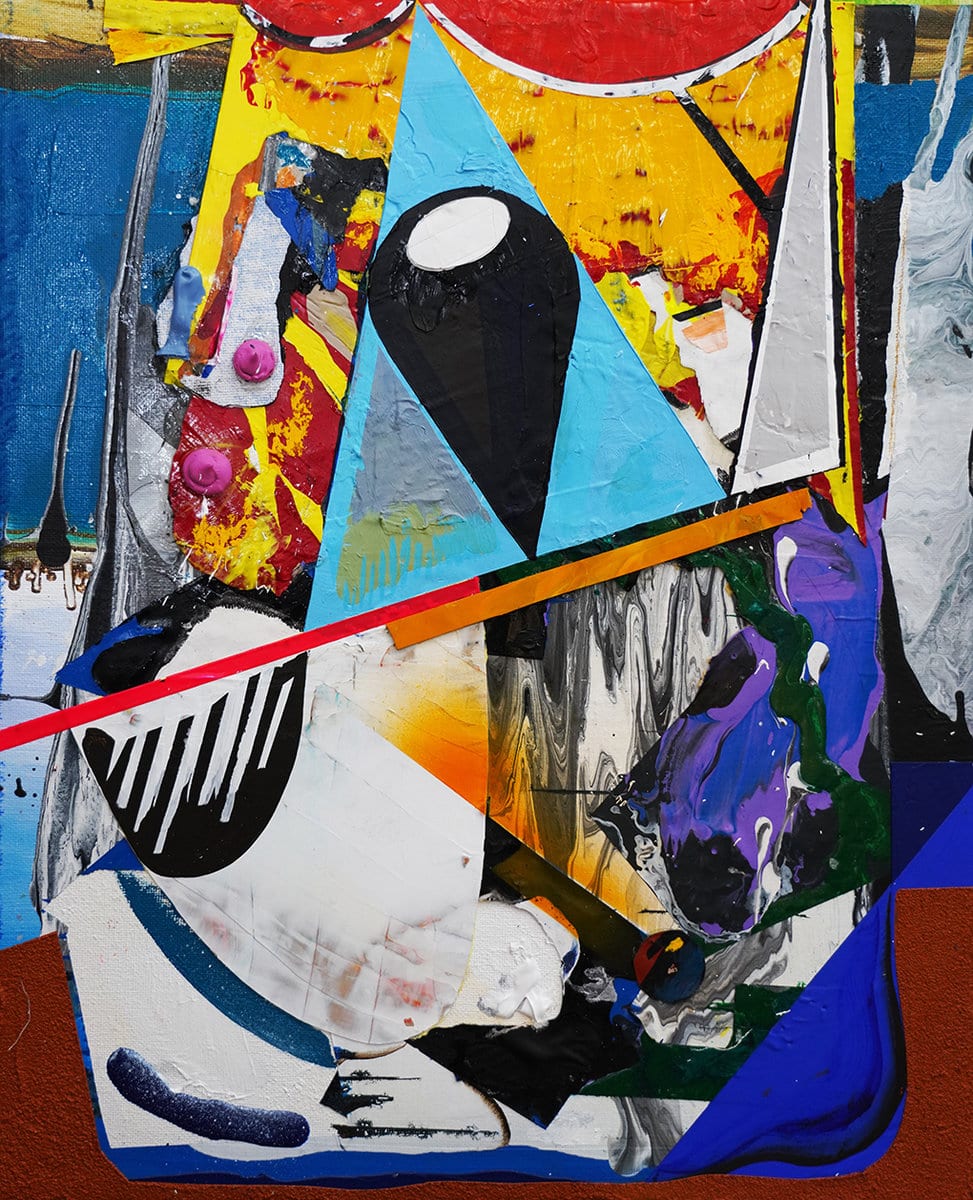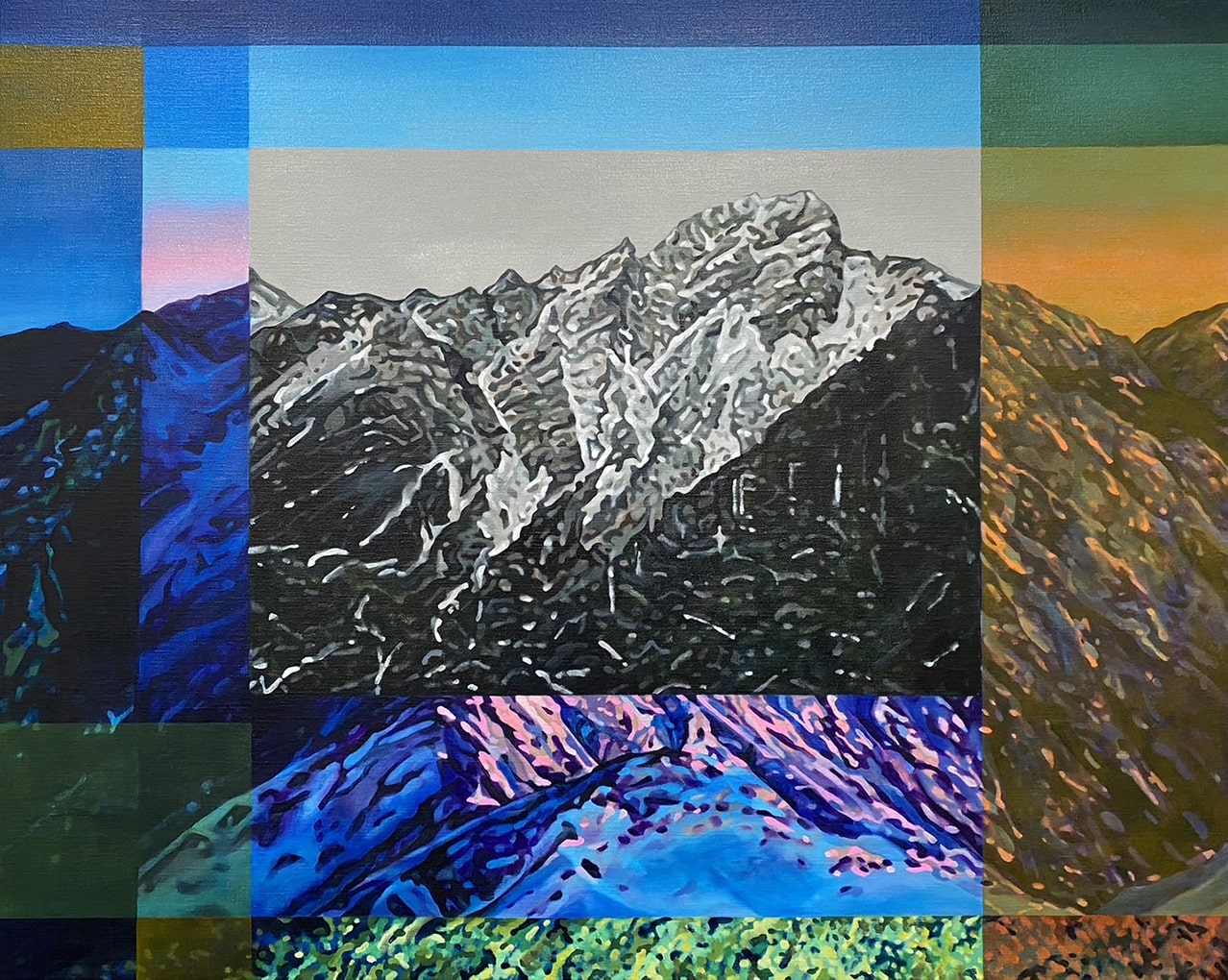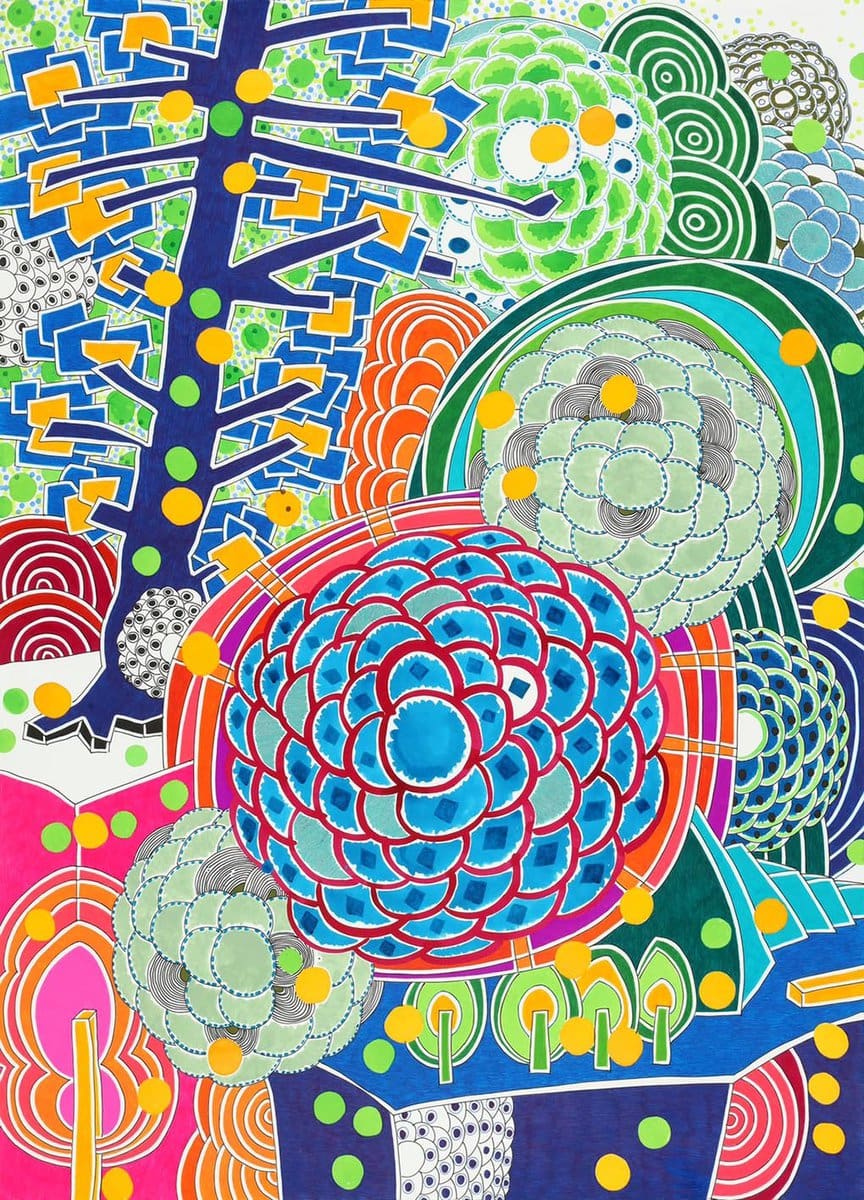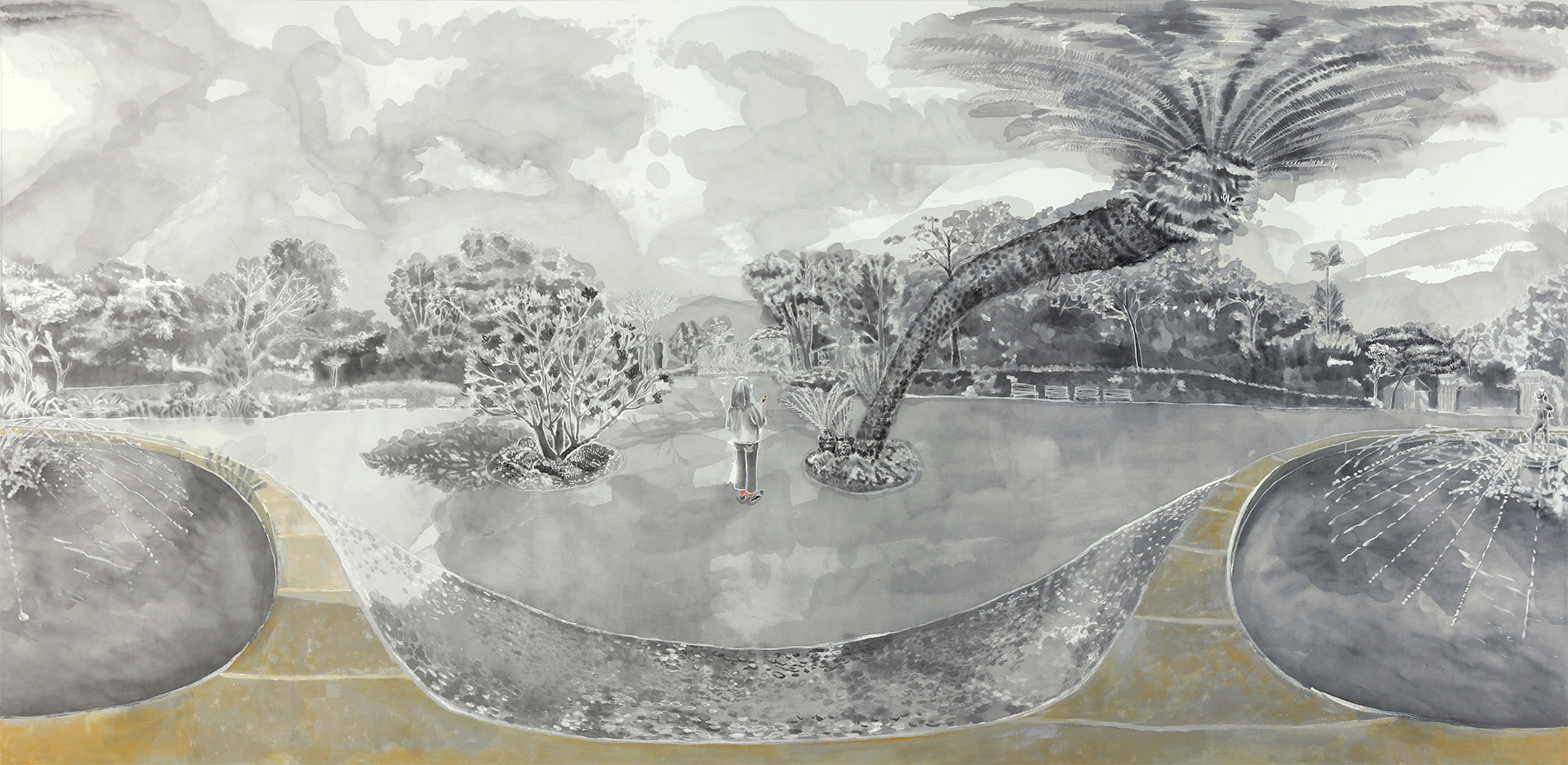The “Yet to Come”, Surface Tension and Truth in Painting in the 2023 “Future of the Future”
Written by / Art Critic: Hu Zhongyin
Artists: Liao Zhenping, Lin Xianjun, Zeng Yongning, Gao Yating, Huang Wanling, Lin Guanming, Xie Muqi
“For all artists, art is always the surprise of ‘being’ yet ‘becoming possible’, a surprise that must start from the extreme. Art belongs to the end of the world and can only start from where no art can be generated.”
— Maurice Blanchot, “Le Livre à Venir”
Surface Tension and Technical Coldness Imagine a scenario: when artists understand the changes in the events and stillness within the societal field, they always see a kind of “indirect” visual manifestation. In other words, an event happens in everyday life that relates to me, but doesn’t make me particularly concerned, a strange feeling. Its occurrence is recognized post facto, amidst a sense of numbness and delayed awareness. For example, the fleeting impressions of the landscape from a high-speed train, walking into the mountains and recalling familiar historical memories, returning to hometown to see familiar scenes of youth life, which due to repairs and renovations, no longer look the same as in memory.
This ‘indirect’ is a déjà vu of sensibility, a perceptual variation produced by time delay, a vision that does not appeal to the eye. On one hand, it brings the detached feeling of a third-person perspective, and on the other hand, it makes the ‘expression’ of art creation particularly paradoxical and intriguing.
Then, when viewing returns to the eyes, the daily touched landscapes or object symbols, when they sketch them – the sketch of the eyes, the final image/picture needs to manifest itself, but it seems to slip along the contours of space and objects.
The “tension and depth of flat creation,” “indirect viewing mode and thinking,” and “technical coldness” can be said to be the three threads drawn from the common characteristics of all the artists of the Future Society.
In past art critics’ research on the ‘Future Society’, they unanimously pointed out that ‘flat’ or ‘planar’ artistic creation exploration is their common concern and new core proposition. In contemporary art, the ‘plane’ has not yet been exhausted and still has great potential, whether it is the interface of flat painting or image, new meanings can be generated through different viewing logic and construction paths.
For the ‘plane’ of Future Society’s creation, from the outside: the generation of visual images, line and color structure, layering and texture, image reversal, and self-mapping. Or from the ‘inside’ of the plane: production logic, materiality, the conceptuality/traces/temporality within the image, or how the artist, facing this ‘interface’ of painting and image, places self, viewing consciousness and time difference sensation within it, where to place it?
‘On the plane’ and ‘inside the plane’, between the visual and non-visual elements, through delayed viewing and repeated viewing while perceiving the differences in each view, leaving the “rewritten” traces on the plane, further embodies the special charm and surface tension generated by the ‘layering’ and ‘internal and external differences’ of the works of the Future Society artists.
In Lin Xianjun’s works, there is a focus on the penetrative power of viewing and visual reflection. When we gaze at an object, due to the interferences like air particles or light diffusion, what the object presents to us might not be exactly what we perceive. Lin Xianjun’s paintings explore the indirectness of visual interpretation, responding to traditional painting, especially sketching experiences, that require a slower and longer observation for artists to perceive and confirm the object again.
Or consider Liao Zhenping’s works, which use realistic painting to evoke a feeling of extreme realism. Objects seem suspended in time, inciting viewers’ curiosity about the artist’s standpoint and thoughts. The precise treatment of the edges of the images, bordering on the threshold, also reflects the strange experience of “indirect reality” caused by the digital imaging tools commonly used in contemporary society.
Moving onto Lin Guanming, known for his video art, he explores the paradoxes of time suspension. At first glance, his films of mundane daily life don’t aim to explore narrative meanings in visual symbols. Through the slow and instantaneous control of the camera, the timeline of the video frames is deliberately deconstructed. The linear time axis of the frames is cut off at both ends, and the least changing transition image in the middle is stretched to give you the impression that time no longer exists, as if in a vacuum. He questions whether, after reaching a critical state, what was once viewed as a linear timeline could be expanded by “internal pressure”.
This “layering” within the plane, more accurately, should be referred to as “layering of viewing”. It forms a accumulation and overlay of viewing traces on the same plane, layer by layer of viewing awareness, localized viewing, direct or indirect viewing. This is a constructive process, a crucial factor for the possibility of seeing the “inside of the plane” from “above the plane”.
As John Berger said, “About painting, modern people wrongly think (postmodernism hasn’t corrected this either) that the artist is the creator. On the contrary, he is a ‘receiver’. What seems to be a creative act is actually to give form to what he has received.”
Indeed, the creation of artistic language is essentially the bestowal of formal language. The generation of creation is not necessarily about breaking through the visual category to simply add new things, but rather about inverting the internal viewing method and reorganizing the forms of recognition within the scope of vision and viewing.
If the artists of the Future Society are concerned about an “indirect” visual construction method and the internal logic of images and videos, then this “indirectness” necessarily involves a technical control between viewing and the viewed object, highlighting the artist’s “position as a receiver” and the “method of reception”. This indirectness, often due to the operation of technical rationality, makes the overall presentation of the artists’ works of the Future Society carry a “cool tone”. This “cool tone” visual expression such as: layer sequence display, vertical or horizontal exhibition (Xie Muqi, Gao Yating), meticulous brushwork (Lin Xianjun, Liao Zhenping), no more than five basic code units, forming the overall world of painting (Zeng Yongning), slow or vacuum-like time touch – expressed with restrained expressiveness (Huang Wanling, Lin Guanming), etc. This coolness is more of a habitual operation and layering to create a modeling order, leading to the tone of images/paintings.
The “Cool Tone of Technique” is a response to the “within the plane” significance of Future Society’s creations. The focus is not on how technology can shape the creator’s techniques for dealing with materials, nor about creating a new technical mindset, but rather dealing with the possibilities of contemporary painting or imaging. No longer simply and unthinkingly reapplying the representational logic of traditional arts. Instead, through the process of technology, it deconstructs the layers of images and their construction methods, and attempts to realize a kind of viewing deconstruction within the plane. Further realizing the “multi-view”, “rewriting”, “re-writing”, the trinity of the “absolute plane”, thereby approaching the truth of painting, painting as the inner vitality of pure perception, so that this plane’s “internal pressure” can release greater differences.”
“Différance”, “To Come”, “Perception of Painterliness” and “The Truth of Painting”
In terms of the philosophy of deconstruction by Jacques Derrida, “deconstruction is always future-oriented, an opening to the unknown and to more possibilities”. And deconstruction is always “to come” (à venir / l’avenir / English: to come) with no end in sight, facing what is yet to come but is about to come, always restarting and constantly delaying the birth of deconstruction.
What is the future spirit of the “Future Society”? We can imagine that for the Future Society, it is not about expressing a standard answer or rigid definition for the artists and creators in the group to face their “future” imaginations. The concept of “différance” in deconstruction thought is essential when understanding the “future spirit” of Future Society. It expresses that in the process of observing and recognizing things, “slow down” is a crucial state of art perception. Slowing down is an important opportunity for self to re-recognize the essence of creation. Watch slower, understand slower, speak slower, “différance” is both delay and difference.
In the paintings of Xie Muqi, what do “creation” and “not painting” mean? How can we reinterpret the “bedding” or “geology” of paintings that originate from the material base? What about images and paintings waiting for the future?
Looking at Gao Yating’s work, who juxtaposes classical landscape paintings with Taiwanese landscapes like Mount Jade, she integrates her personal experience of traveling in Taiwan’s mountains and geothermal areas. By “re-writing” the images and considering how the so-called classic images and codes can be reinterpreted in contemporary contexts, she creates new understandings.
Zeng Yongning uses small flowers and cell-like units as the basic pattern for his two-dimensional plane images. The development direction of these works has been focused on issues such as penetration, volume, landscape reconstruction, site, and growth position in recent years, which has led to a new understanding of the inner landscape of his paintings.
Huang Wanling uses 360-degree panoramic photography to complete negative film collision ink painting. She has exhibited several new works on the theme of Taiwan’s landscape. She discusses the pattern of viewing under the window of technology, corresponding to the direct observation of nature travel, the visual impact, changes, and the ordinary scenes of daily viewing.
Can you touch your painting? Can you touch the core of the image?
How is an approach possible? The Future Society creates through an “indirect” visual manifestation. The “painterliness” in understanding the creations of the Future Society is also recognized as an “atypical painterliness” with a difference in interiority.
“The truth in painting means and can be understood as: the truth is displayed, expressed or represented in the specific field of image speech, unique to painting, even if this way is metaphorical in terms of truth itself.” Jacques Derrida, “The Truth in Painting”.
“For the Future Society, the ‘future’ is the difference in the ‘multi-view’ and ‘multi-manifestation’ of artistic creation placed in the factor of temporal flow.”
Exhibition Title | The Future of Futures – Memories of Migration
Participating Artists | Hsien-Chun Lin, Yung-Ning Tseng, Wan-Ling Huang, Mu-Chi Hsieh, Ya-Ting Kao, Kuan-Ming Lin, Chen-Ping Liao
Exhibition Dates | June 24 (Sat) – July 29 (Sat), 2023
Opening Reception | June 30 (Sat), 2023, 17:00-18:00
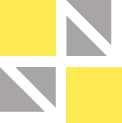
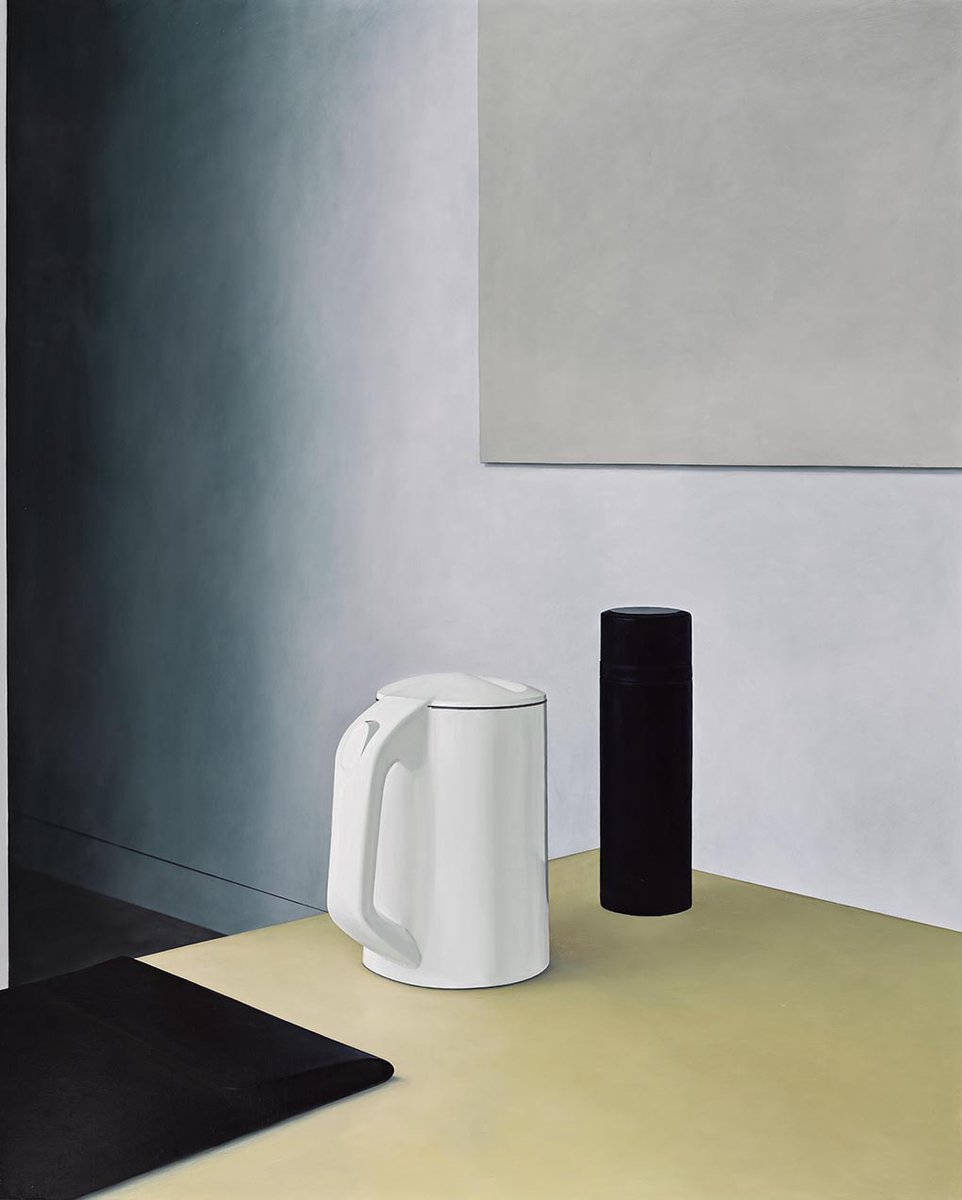
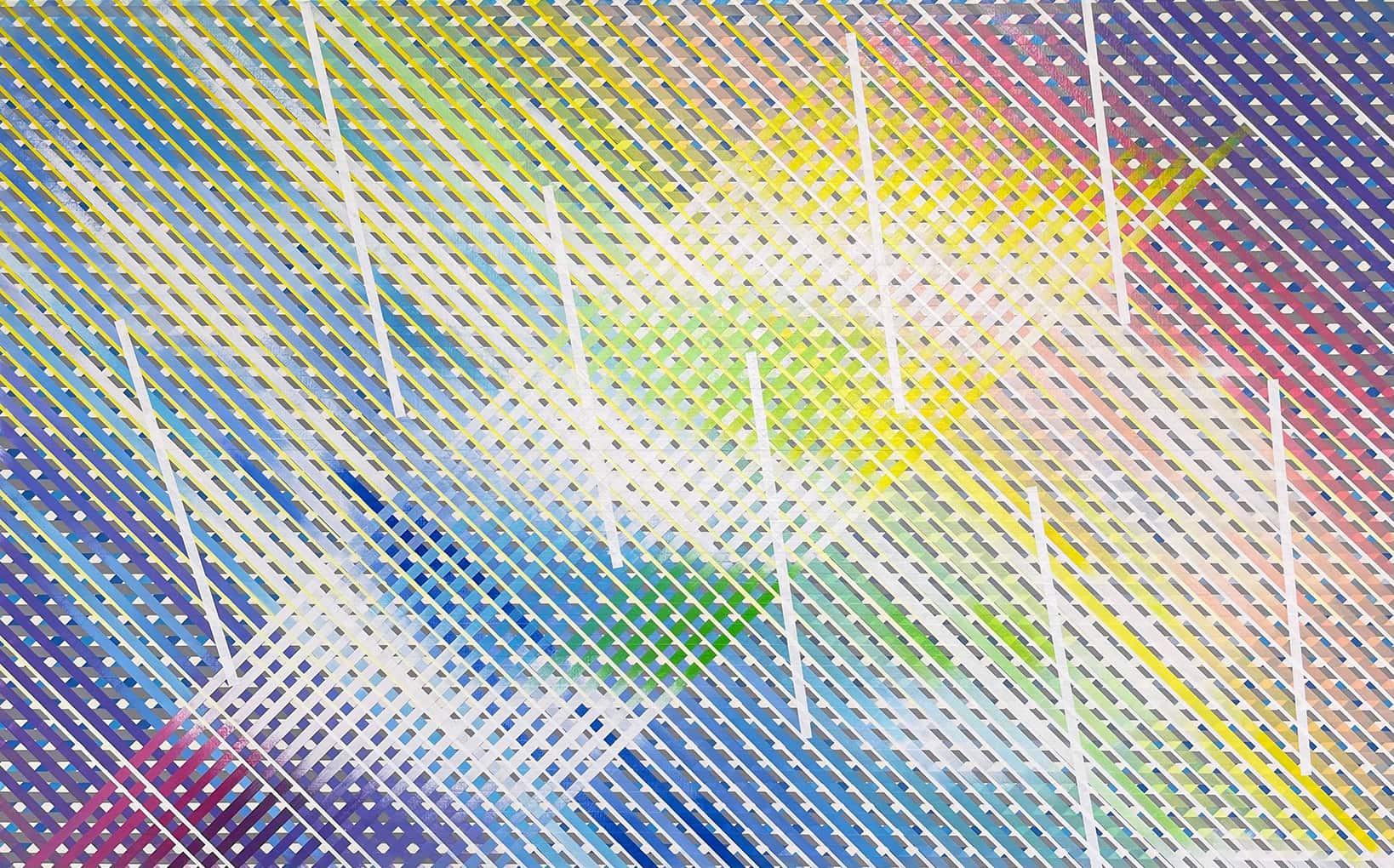
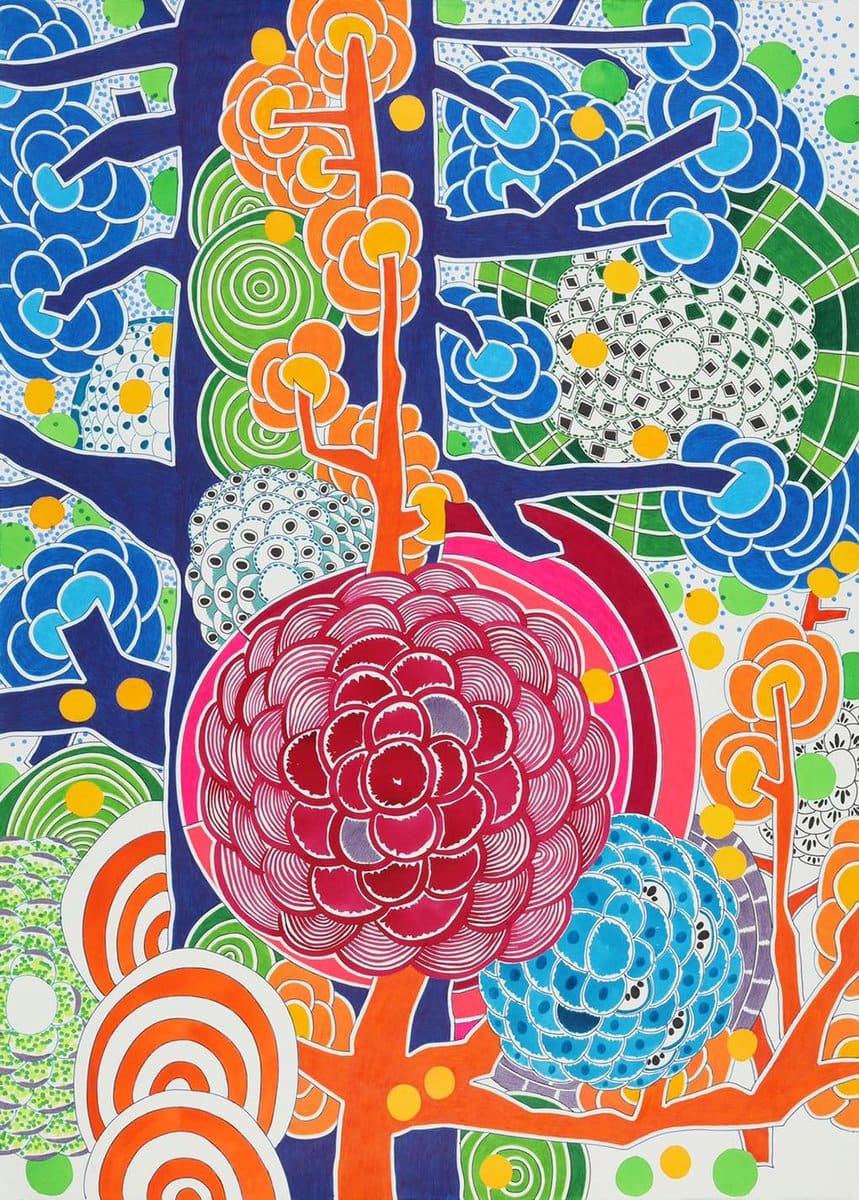
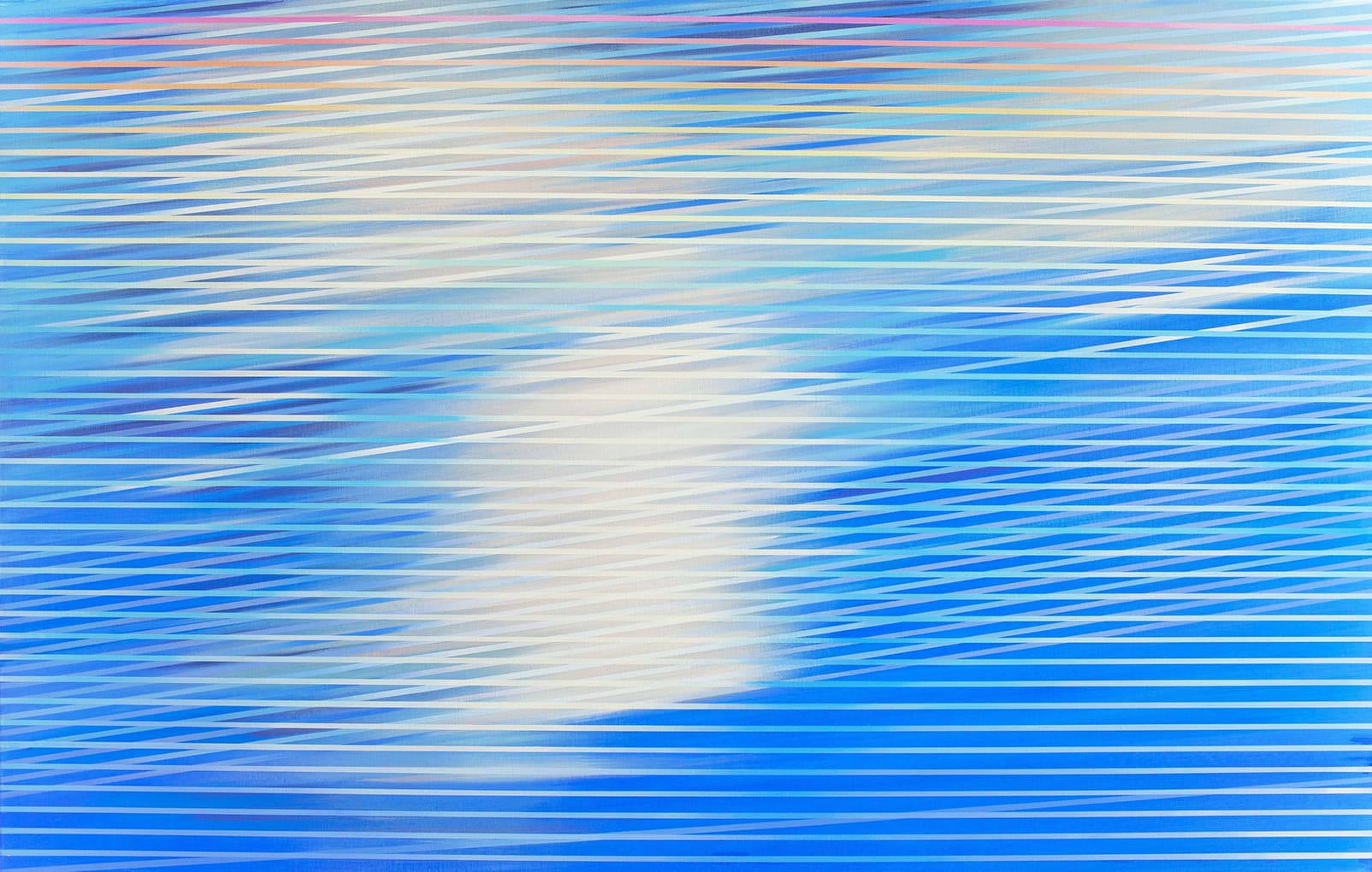
_微噴輸出_42-x-52-cm_2023.jpg)
